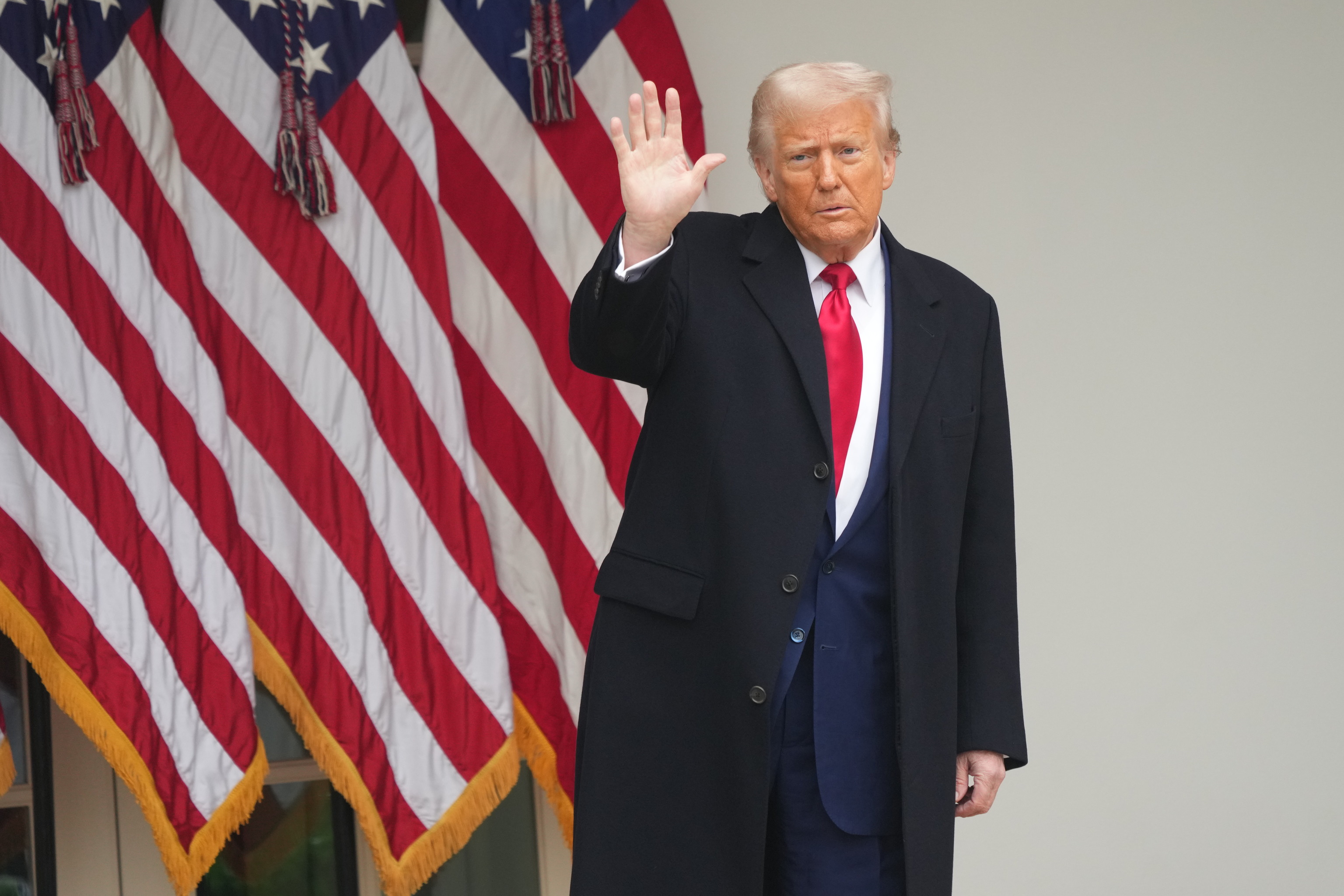When on Wednesday afternoon Donald Trump, in the midst of his announcement on trade retaliation against his partners, displayed giant charts with the details of the tariffs he was going to impose on each country in front of the cameras, governments around the world scratched their heads in disbelief. In that strange graphic representation, Trump claimed that his technicians had calculated the restrictions that the rest of the world applied to US products. But the numbers didn't add up for anyone. For example, he claimed that the EU collectively applied an accumulated surcharge of almost 40% on American goods. And that's why the White House had decided to retaliate. But not completely, "reciprocally," but only half, boasting of "kindness."
It was not a misunderstanding. Trump explicitly stated it several times. "We will calculate the combined rate of all their tariffs, non-monetary barriers, and other forms of fraud. And because we are being very kind, we will charge them approximately half of what they charge us and have been charging us, so the tariffs will not be entirely reciprocal. I could have done it, yes, but it would have been difficult for many countries," he added proudly.
It became immediately obvious that the figures, or the argumentation, were false because Europe does not impose a 40% charge on American goods, not even by adding all the possible imaginable items that Trump denounces. From VAT to pure tariffs passing through tax barriers. Not even with the loose definition used by the administration, which considers, for example, that not buying vegetables or meats without knowing the origin of the product is not a phytosanitary problem, but a restriction, as the Commerce Secretary stated yesterday.
The reality is much simpler and absurd, although they have tried to dress it up with a series of equations and mathematical formulas. As a group of economists quickly discovered, what Trump's team has done is simply calculate the US trade deficit with a specific country or block. And the resulting figure, divide it by the total of American imports.
But to make the result even more outrageous, the Government only takes into account goods, not services, which are a decisive factor in any balance, but which almost always come out in the opposite direction, as the United States is an exporting power of them. For example, the US sold goods to Europe worth $370.2 billion in 2024. And bought goods worth $605.8 billion, resulting in the trade deficit that Trump so denounces amounting to $235.6 billion, rounded up. If this figure is divided by the American imports, $605.8 billion, the result is the 39% that appears in the White House tables.
Economically, it is a nonsense from all points of view, a fraud that has nothing to do with barriers. They simply consider the deficit as a tariff in itself. And then split the figure, once again arbitrarily, in half because the total result was scandalous even by their standards. The overall weighted average tariff of the new tariffs, which would come into effect between April 5 and 9, would be around 29%. The highest in a century, surpassing Smoot-Hawley, the protectionist law of 1930.
"Reciprocal tariffs are calculated as the tariff rate necessary to balance the bilateral trade deficits between the United States and each of our trading partners. This calculation assumes that persistent trade deficits are due to a combination of tariff and non-tariff factors that prevent trade balance. Tariffs work by directly reducing imports," says the 'explanatory' text published by the White House.
But this calculation method dismantles much of the argumentation used, which denounces non-tariff barriers "aimed at limiting the quantity of imports and exports and protecting national industries" and that "deprive American manufacturers of reciprocal access to global markets." In its documents, the administration talks, for example, about policies and non-commercial practices of China. The testing and certification requirements of India, "uniquely burdensome and/or duplicative, in sectors such as chemicals, telecommunications products, and medical devices." Or how China, Germany, Japan, and South Korea have implemented policies that suppress the domestic consumption power of their citizens to artificially boost the competitiveness of their export products. "Such policies include regressive tax systems, low or unenforced sanctions for environmental degradation, and policies aimed at reducing workers' wages relative to productivity."
But the truth is that the Trump Administration considers that every purchase not made of its products is a tariff in itself, and blames others, not that the dollar is too strong, its fiscal deficits too high, or prices expensive compared to those of much less wealthy countries. And it savagely punishes smaller countries, islands, the poorest, and for obvious reasons, those who do not have trade surpluses with the world's leading power. This translates into forced tariffs of up to 50%, which can completely devastate their economies.
"My goodness, this is absurd. The 'reciprocal' tariff from the White House has no relation to actual tariff barriers. It equals half of the trade deficit (as a percentage of imports). This is unbelievably crazy. Let's take a simple example: I have a trade deficit with a supermarket because I buy their food while they do not buy mine. My trade deficit, as a percentage of my imports, is 100%. According to Trump's trade logic, this deficit is evidence that they are imposing 100% tariffs on the food I try to sell them. Obviously, this is nonsense. Even more absurd is that they have written what they believe is a defense of this. I know not everyone speaks economic algebra, so let me translate: it's nonsensical madness," denounces Justin Wolfers, a professor at the University of Michigan.
